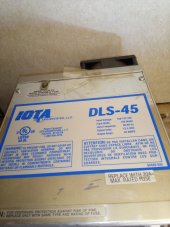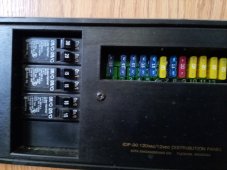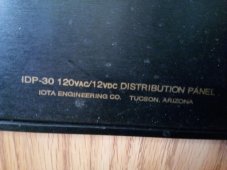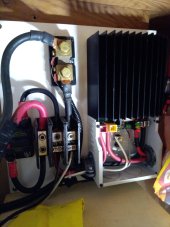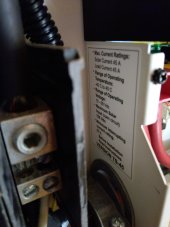DouglasPaul
New Member
I am living full time in a 2003 26' trailer at Quartzite AZ. It came with a couple solar panels and two lead acid 6 volt golf cart batteries. They don't seem to hold a lot of power though they aren't that old. What I hope to accomplish is to be able to use small amounts of 110 ac power without being plugged in to anything and not have to run a generator for so many hours to charge to full. I will give all the pictures I can on what I have to work with. My question is can I integrate some modern things into this system or do I need a complete overhaul? My panels are Renogy panels. Would something like this be a good option for me?
Here is what I'm working with..


Here is what I'm working with..





